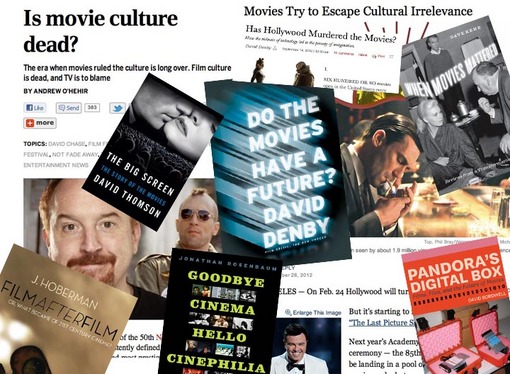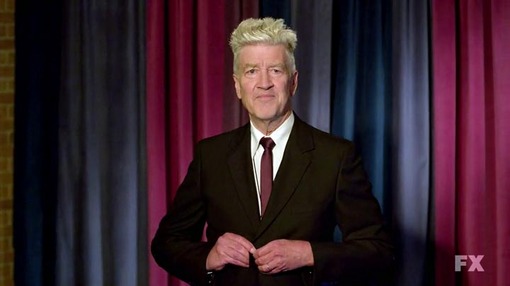The Return of the Autobiographical Dictionary of Film
Ever since David Thomson’s “A Biographical Dictionary of Film” was published in 1975, browsers have said that they love to hate Thomson’s contrarian arguments — against John Ford or Frank Capra, Coppola or Kubrick, for example.¹ Fans and critics can cite favorite passages of resonant beauty, mystifyingly vague and dismissive summary judgements, and entire entries in which the man appears to have gone off his rocker. And that’s the fun of it.
To be fair, Thomson broke faith with (or has been suffering a crisis of faith in) American movies at least far back as “Overexposures: The Crisis in American Filmmaking” (1981), and he’s been writing about his crisis ever since. To put it in a sentence that could serve as the ending of one of his entries: I am willing to believe that he loves (or once loved) movies even if he doesn’t like them very much. (Wait — how does he conclude the Katharine Hepburn piece? “She loved movies, while disapproving of them.”)
When I encountered the first edition of this book, the year I entered college, I immediately fell in love with it because it was not a standard reference. It was personal, cranky, eloquent, pretentious, pithy, petty, ambitious… It was, as I think Thomson himself suggested in the foreword to the first or second edition (this is the fifth), more accurately titled “An Autobiographical Dictionary of Film.” Many times over the years I have implored my employers or partners to license digital rights to Thomson’s book so that it could augment and be integrated with other movie databases and references (at Cinemania, FilmPix, Reel.com, RogerEbert.com)… but we’ve never done it. What, they would ask, is the “value-add”? (Really. Some people used to talk that way.) As a reference, its coverage is too spotty (Ephraim Katz’s Film Encyclopedia is much more comprehensive but also has loads of incomplete filmographies), as criticism it’s wildly idiosyncratic (nothing wrong with that) and as biography it’s whimsically selective and uneven, leaving as many holes as it fills.





